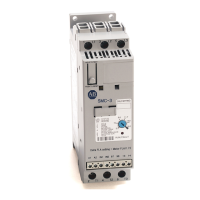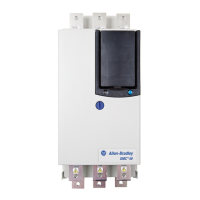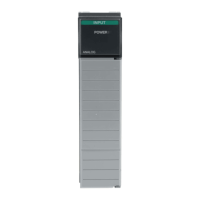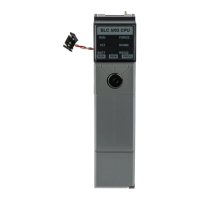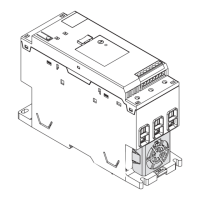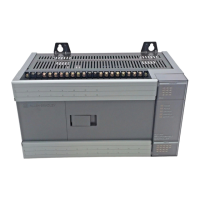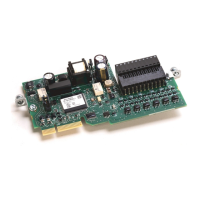Rockwell Automation Publication MOTION-RM002H-EN-P-February 2018 173
The cam profile can also be configured to execute Immediately or Pending
completion of a currently executing position cam profile via the Execution
Schedule parameter. The cam profile can be executed:
• once
• continuous
• in a persistent mode
by specifying the desired Execution Mode.
The Master Reference selection allows camming input from the master to be
derived from either the Actual or Command position of the Master Axis. To
support applications which require unidirectional motion, a slip clutch feature is
available which prevents the slave from backing-up when the master axis reverses
direction. This feature is controlled by the Master Direction parameter.
Master and Slave Scaling functionality can be used to scale slave motion based on a
standard cam profile without having to create a new cam table and calculate a new
cam profile.
Camming Direction
Cams can be configured to add or subtract their incremental contribution to the
slave axis command position. Control over this behavior is via the Direction
parameter.
Camming in the Same Direction
When Same is selected or entered as the Direction for the MAPC instruction, the
slave axis position values computed from the cam profile are added to the
command position of the slave axis. This is the most common operation, as the
profile position values are used just as entered in the original cam table. That is,
consecutive increasing profile values result in axis motion in the positive direction
and vice-versa.
Camming in the Opposite Direction
When Opposite is selected or entered as the Direction, the slave axis position
values computed from the cam profile are subtracted from the command position
of the slave axis. Thus, axis motion is in the opposite direction from that implied
by the original cam table. That is, consecutive increasing profile values result in
axis motion in the negative direction and vice-versa.
